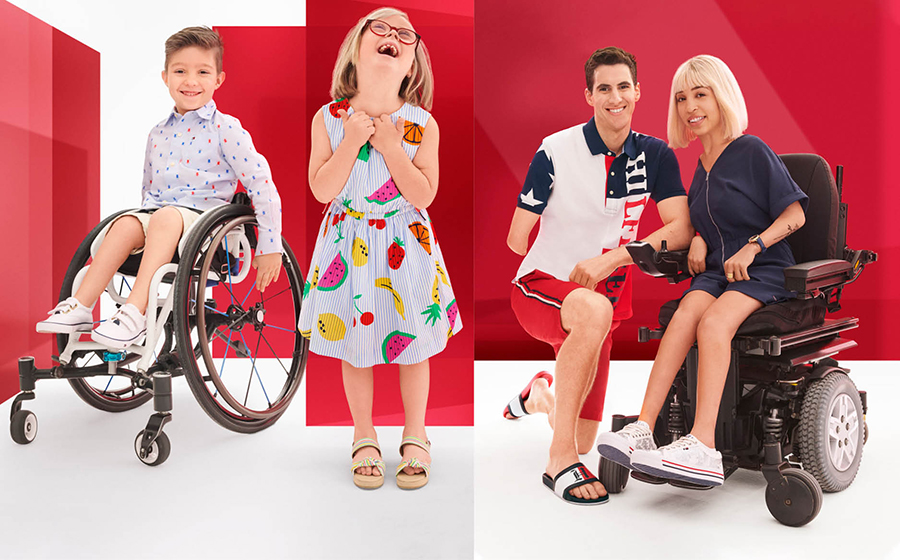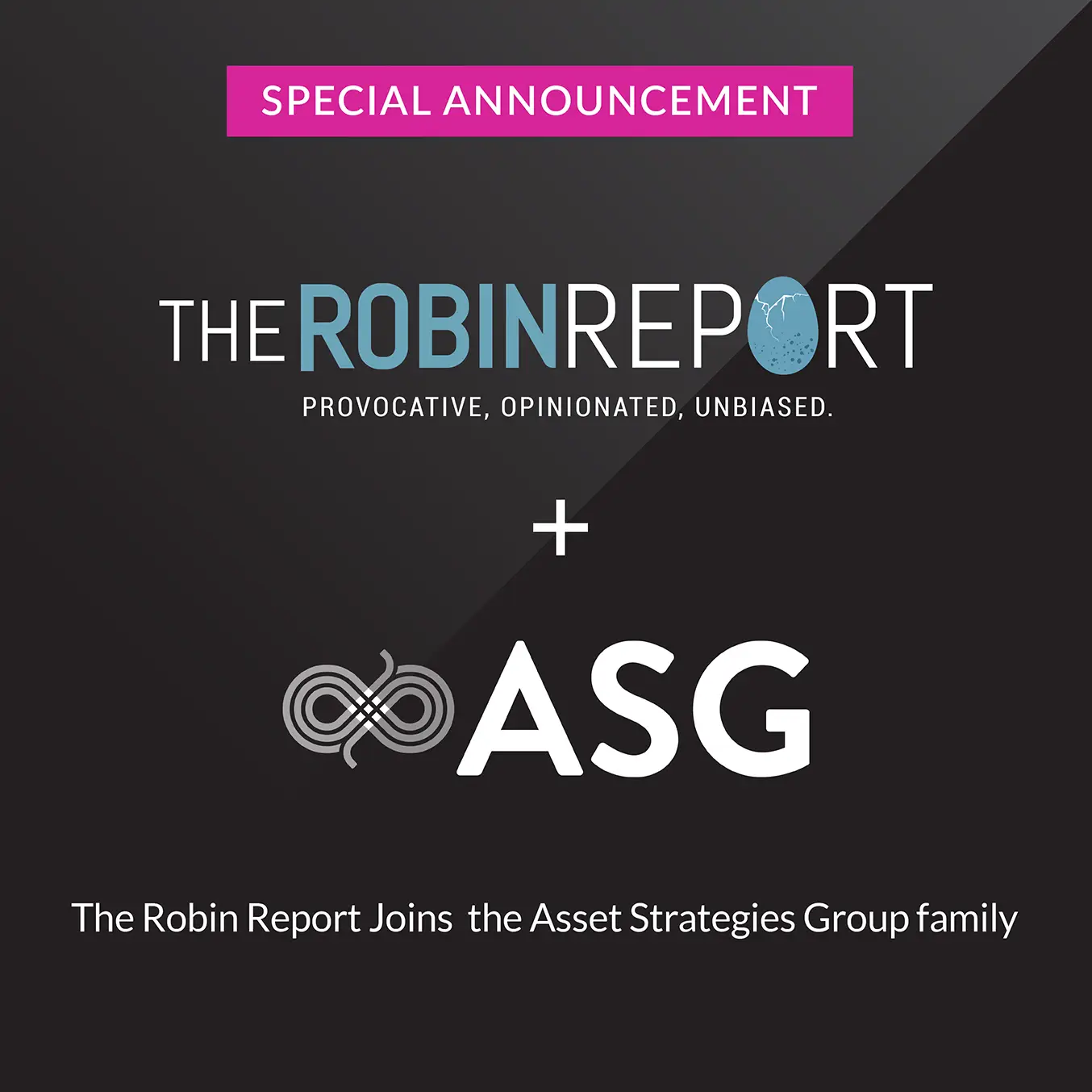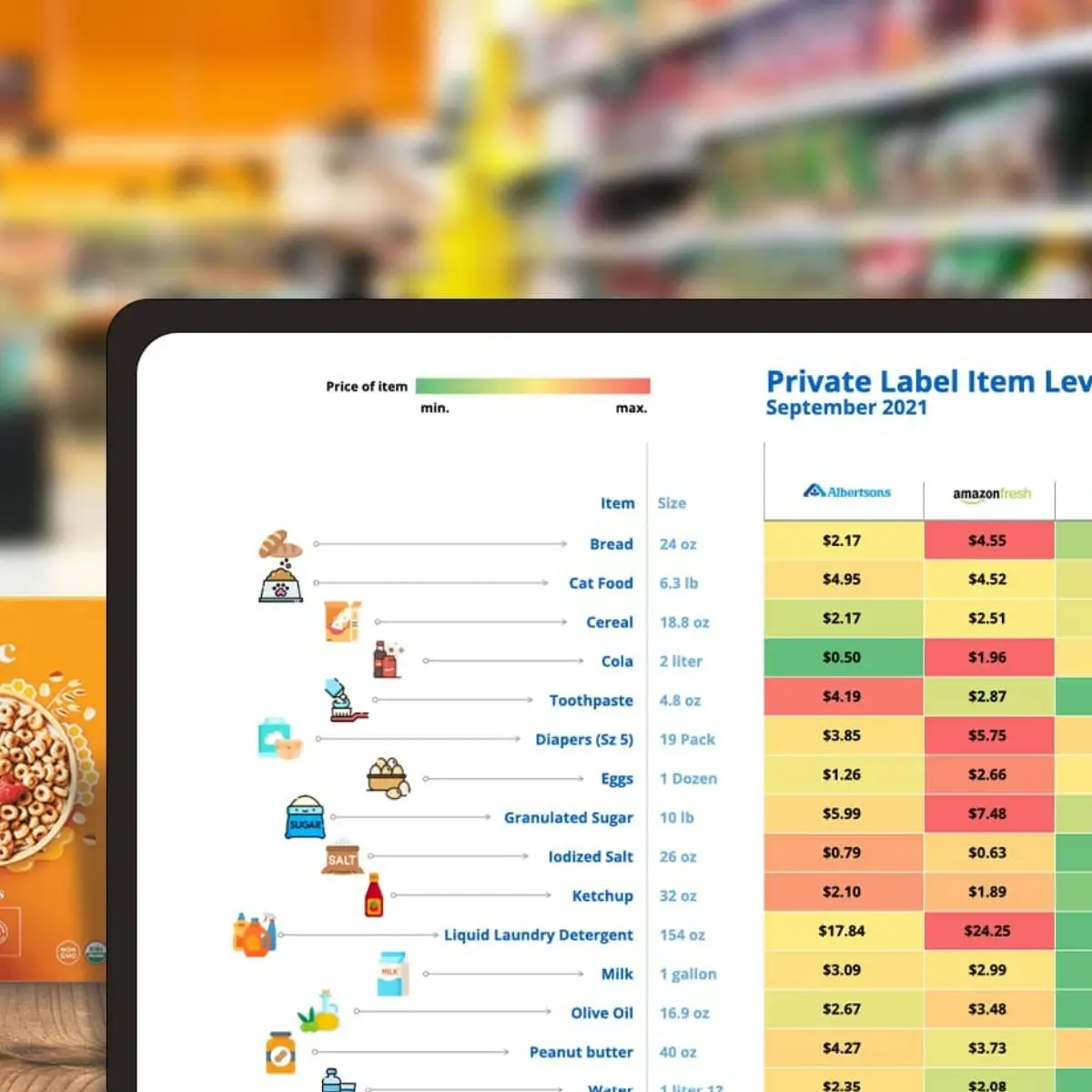If you haven\’t heard of adaptive clothing, you aren\’t alone. Essentially, it\’s the modification of mainstream clothing to better serve the needs of people with disabilities. One in seven people across the globe have a physical and/or cognitive disability, adding up to more than one billion people living with a disability worldwide. And yet, this market has been underserved by mainstream brands and retailers to date. As an industry, we can do much better. In fact, leading companies are innovating and providing functional and fashionable clothing for this sizable – and growing – population of consumers.
SAP has partnered with amazing organizations including The Runway of Dreams Foundation and Zappos Adaptive to help accelerate the change. We\’re already seeing tremendous interest and expect more brands to embrace the concept, but there\’s still much more work to do. Over time, I believe adaptive clothing will be as commonplace as petite or plus size sections – as long as brands realize there are gaps in the marketplace presenting them with ample opportunity.
A Starting Point
Great innovation comes from ideas sparked by great need. In this case, it\’s a young boy with muscular dystrophy, who just wanted to wear jeans to school like the other kids. His mom, Mindy Scheier, is a fashion designer by trade who saw his struggle to feel included and addressed it by modifying jeans to fit, despite his leg braces and inability to do buttons and zippers. She used the concept of baseball caps as her guiding principle: at one point, someone thought to make the hats adjustable to fit different head sizes, so why not apply this to other clothing as well?
When she saw the emotional impact this had on her son – something as simple as wearing jeans to school – she realized there are millions of people in the U.S. struggling to achieve the same feeling of inclusion. She created the Runway of Dreams Foundation in 2016 and partnered with Tommy Hilfiger to make fashion history by launching the first ever mainstream adaptive clothing line. Just a few years later, many other brands have joined in on this initiative.
It\’s inspiring to see the momentum, especially since there is so much more to this than \”fitting in\” for people with disabilities. Researchers at Northwestern University found that clothing can affect psychological states and performance level, and have coined the term \”enclothed cognition\” to describe the phenomenon. Adaptive clothing gives everyone the ability to dress with independence, confidence and style each morning, which can set the tone for their entire day.
The Business Case
Each one of the brands we\’ve had the great privilege of working on this mission with have found that – importantly – there is an incredible business case behind the initiative.
Adaptive fashion is not only a noteworthy cause, it provides a sizable opportunity for brands and retailers. Americans with disabilities are the third-largest market segment in the U.S. according to the U.S. Office of Disability Employment Policy. This segment has around $490 billion in disposable income. This is an undervalued market that retailers should be clambering toward. In fact, a Coherent Market Insights study predicts the global market for adaptive clothing will approach $393 billion by 2026.
On top of this, Harvard Business School studied high performing organizations across the globe to understand if there\’s a correlation between their financial performance and corporate social values. The study found that businesses that are agile and keeping ahead of the curve in terms of market changes and customer needs are the businesses that are also progressive and socially responsible. These companies all had a strong synergy between their financial performance and how they treat and attend to the community and social needs.
Another study from the National Institute of Health found that giving to charities activates areas of the brain that are associated with pleasure, social connection and trust. Organizations that are focused on doing social good have employees that react positively to that behavior, and are more socially connected with their communities, which drives business value. In the case of adaptive clothing, there\’s a great business case because of the demand for this type of clothing, and it makes employees of these brands happier as they help to contribute to the mission.
Brands Leading the Way
There are some powerful brands leading the charge in adaptive fashion. An important point to emphasize is that the brands are already experts in making products. They know how to source, buy, assemble and predict demand. It\’s not hard for them to manufacture these new designs, as long as they understand how best to adapt the mainstream clothing – brand and looks – to the need. Brands looking to participate may need a little help with this, but they have examples to model after.
One example is Nike, who adapted some of their top selling shoes to create a line called FlyEase, which are listed at the same price point as their non-FlyEase counterparts. The shoes feature a very unique closure that zips all the way in the back so that people can put their foot in completely unobstructed, but it\’s so subtle that the sneakers look like any other Nike shoe.
And large global powerhouses aren\’t the only ones who are creating great products. Nimble, focused, and purpose-driven brands have launched and are growing quickly. Billy Footwear used the concept of \”Universal Design\” to make amazing mainstream shoes that have mass appeal – being functional, fashionable, and inclusive for everyone.
As a way to promote brands leading the way, the Runway of Dreams Foundation is featuring Zappos Adaptive, Tommy Hilfiger Adaptive and Kohl\’s Adaptive at this Fall\’s New York Fashion Week to put on a revolutionary adaptive fashion show and gala to celebrate inclusion, applaud innovation and highlight change in the fashion industry. The live-streamed runway event will feature 35+ disabled models wearing adaptive clothing on the Runway of Dreams Facebook Page, as well as the Runway by SAP app to enable real-time interaction with designers.
Making Adaptive Clothing Common
Soon, people aren\’t going to view adaptive clothing as different. It\’s just going to be another size, another option, another style for a great product. Those with disabilities will have the opportunity to choose the brands and styles of clothing they prefer and feel great about themselves. It\’s going to be a tremendous thing to witness, and it\’s a very exciting time to be a part of this market. Don\’t miss out – please join us in accelerating the needed change in the industry!




